Innovative Uses of Small Water Pumps in Modern Agriculture Boosting Efficiency and Sustainability
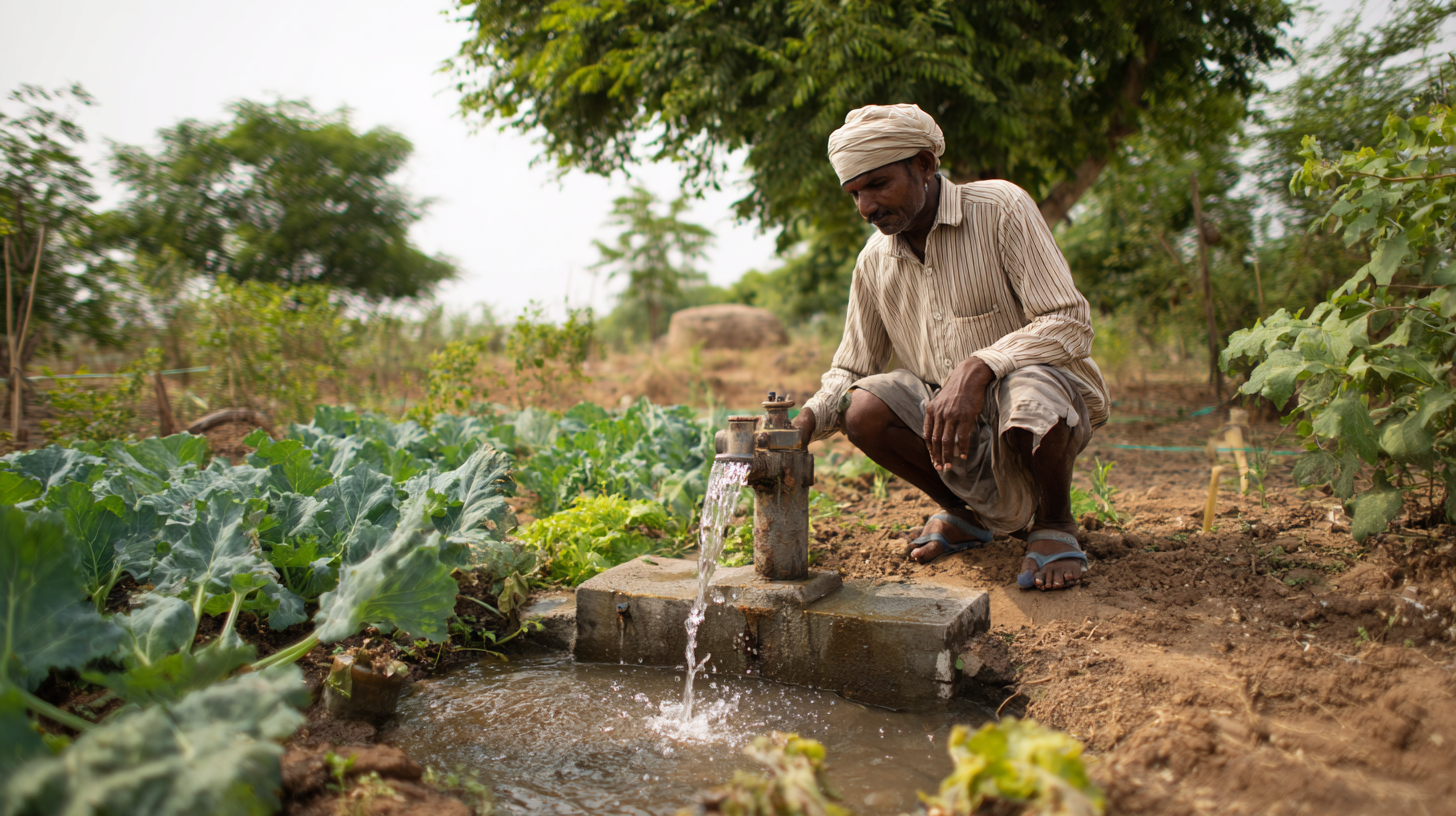 The integration of technology in agriculture has led to innovative solutions that enhance efficiency and promote sustainability, with small water pumps emerging as a pivotal tool in this transformation. According to a report by the Food and Agriculture Organization (FAO), inefficient water management practices in agriculture contribute to a significant loss of both water and nutrients, exacerbating the challenges of food security. Small water pumps, which have seen a surge in adoption over recent years, are instrumental in optimizing irrigation techniques and reducing water wastage by up to 30% (USDA, 2022). These pumps facilitate precise watering, enabling farmers to tailor water application based on crop needs, while also minimizing energy consumption compared to traditional irrigation systems. This article explores the diverse applications and benefits of small water pumps in modern agriculture, highlighting their role in fostering sustainable farming practices that are essential for meeting the demands of a growing global population.
The integration of technology in agriculture has led to innovative solutions that enhance efficiency and promote sustainability, with small water pumps emerging as a pivotal tool in this transformation. According to a report by the Food and Agriculture Organization (FAO), inefficient water management practices in agriculture contribute to a significant loss of both water and nutrients, exacerbating the challenges of food security. Small water pumps, which have seen a surge in adoption over recent years, are instrumental in optimizing irrigation techniques and reducing water wastage by up to 30% (USDA, 2022). These pumps facilitate precise watering, enabling farmers to tailor water application based on crop needs, while also minimizing energy consumption compared to traditional irrigation systems. This article explores the diverse applications and benefits of small water pumps in modern agriculture, highlighting their role in fostering sustainable farming practices that are essential for meeting the demands of a growing global population.
How to Select the Right Small Water Pump for Your Agricultural Needs
When selecting the right small water pump for agricultural applications, it is essential to consider several key factors to ensure efficiency and practicality. First, assess the specific water requirements of your crops, including the volume and pressure needed for irrigation. Understanding the size of the area to be irrigated and the type of soil will help in determining the appropriate pump capacity. Additionally, the source of water—whether it’s from a well, river, or tank—will influence the type of pump you require.
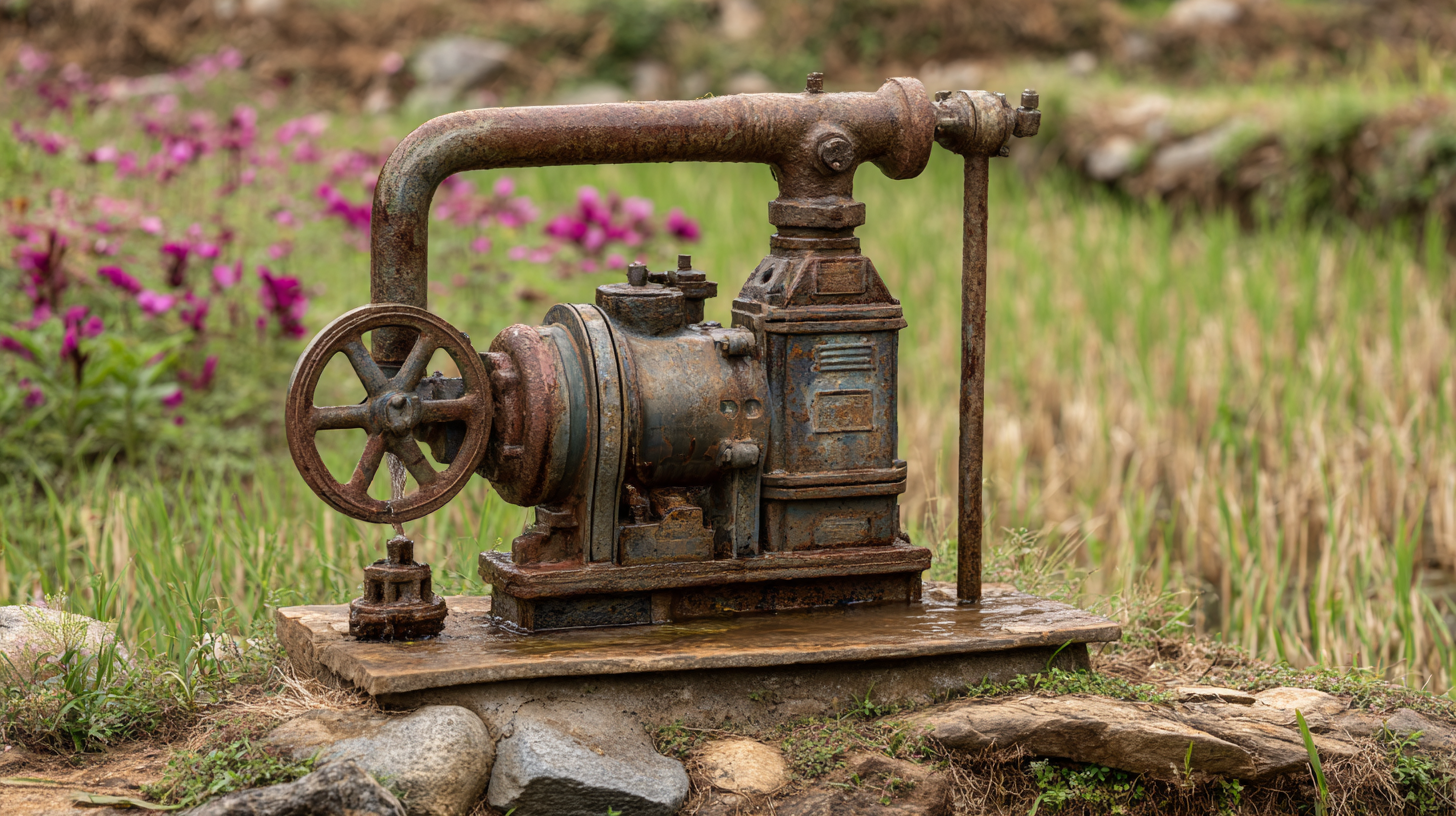
Another crucial aspect to consider is the pump's energy source. Small water pumps can be powered by electricity, diesel, or solar energy. For sustainable farming practices, solar-powered pumps are becoming increasingly popular due to their low operational costs and minimal environmental impact. Furthermore, evaluate the durability and maintenance needs of the pumps, as long-lasting equipment can significantly reduce future expenses and drive overall productivity in agricultural operations. Selecting a pump that balances power, sustainability, and ease of use will ultimately contribute to more efficient farming practices.
How to Optimize Irrigation Systems with Small Water Pumps for Maximum Efficiency
Small water pumps have transformed the landscape of modern agriculture, particularly in optimizing irrigation systems. By utilizing these compact and efficient devices, farmers can significantly increase water supply and distribution efficiency, ensuring that crops receive the precise amount of moisture required for optimal growth. This targeted approach not only promotes healthier plants but also conserves precious water resources—a vital consideration in today's world of climate change and water scarcity.
**Tips:** To maximize the efficiency of your irrigation systems with small water pumps, start by conducting a soil moisture assessment to determine the water needs of your crops. Implementing a drip irrigation system in conjunction with small pumps can deliver water directly to the root zone, minimizing evaporation and runoff. Additionally, consider setting up a timer or smart irrigation controller that integrates weather data to adjust watering schedules according to rainfall and humidity levels.
Regular maintenance of your water pumps is crucial for maintaining their operational efficiency. Keep an eye on any signs of wear and tear, and clean filters regularly to ensure optimal performance. Pairing these pumps with rainwater harvesting systems can further enhance sustainability, allowing you to utilize natural precipitation alongside efficient irrigation strategies for a truly modernized farming approach.
Innovative Uses of Small Water Pumps in Modern Agriculture
| Application | Pump Type | Efficiency Gains (%) | Water Savings (liters/year) | Sustainability Impact (CO2 Reduction) |
|---|---|---|---|---|
| Drip Irrigation | Submersible Pump | 20% | 500,000 | 1.5 tons |
| Sprinkler Systems | Surface Pump | 15% | 350,000 | 1.2 tons |
| Irrigation Scheduling | Solar Pump | 25% | 600,000 | 2.0 tons |
| Conventional Crop Watering | Electric Pump | 10% | 200,000 | 0.7 tons |
| Hydroponics | Peristaltic Pump | 30% | 400,000 | 1.8 tons |
How to Implement Sustainable Water Management Practices Using Small Water Pumps
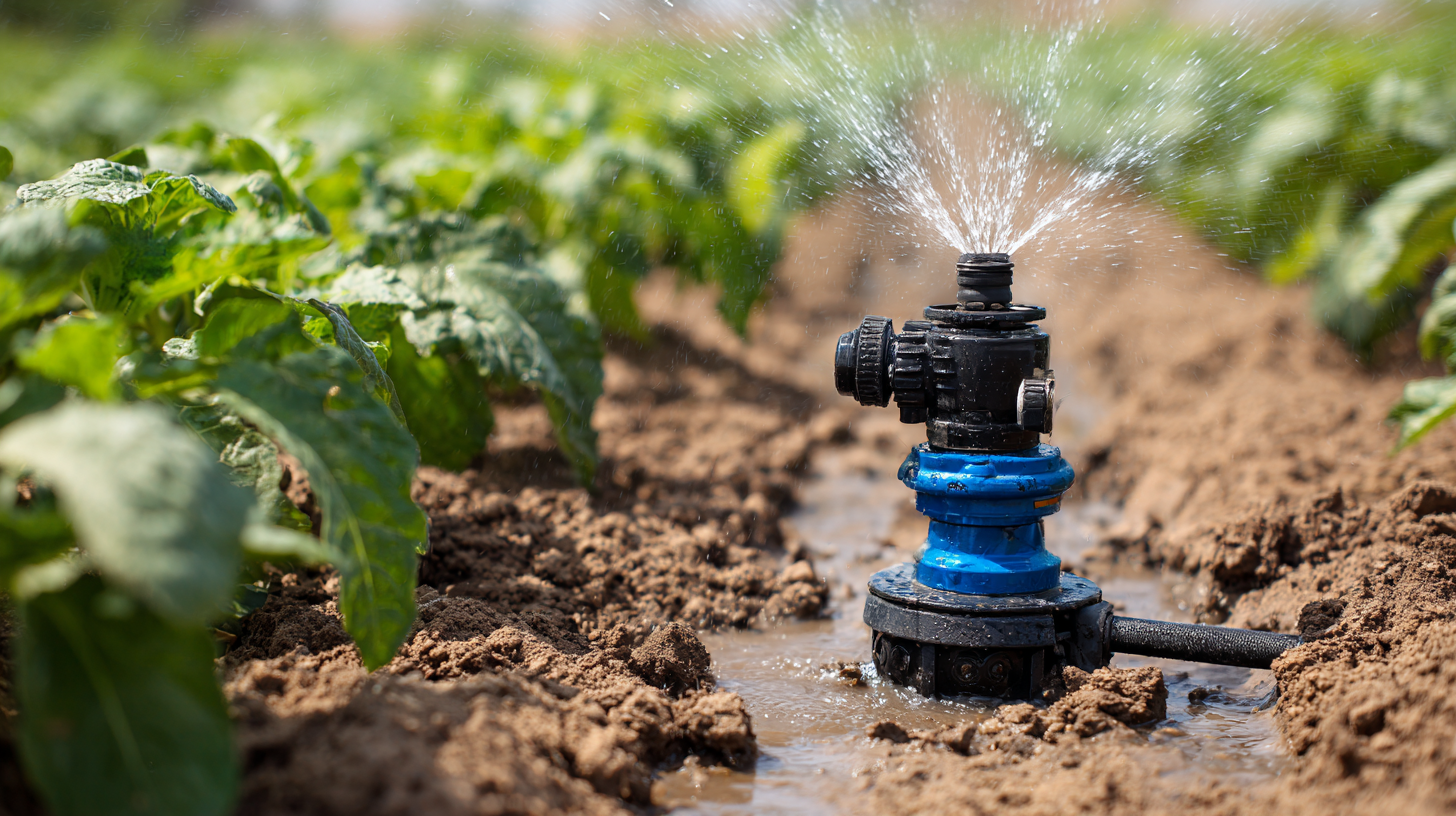 In modern agriculture, small water pumps play a crucial role in implementing sustainable water management practices. These versatile tools can efficiently manage water distribution in agricultural settings, allowing farmers to optimize water usage and reduce waste. With the growing demand for agricultural production amidst challenges like climate change and water scarcity, small water pumps facilitate precise irrigation methods, such as drip and subsurface irrigation, which ensure crops receive the exact amount of water they need for optimal growth.
In modern agriculture, small water pumps play a crucial role in implementing sustainable water management practices. These versatile tools can efficiently manage water distribution in agricultural settings, allowing farmers to optimize water usage and reduce waste. With the growing demand for agricultural production amidst challenges like climate change and water scarcity, small water pumps facilitate precise irrigation methods, such as drip and subsurface irrigation, which ensure crops receive the exact amount of water they need for optimal growth.
Moreover, the increasing adoption of solar-powered small water pumps highlights the shift towards renewable energy sources in agriculture. By harnessing solar energy, farmers can operate their pumps without relying on traditional electricity, thereby cutting operational costs and minimizing their carbon footprint. This innovation not only enhances water efficiency but also supports sustainable agricultural practices that are vital for long-term food security and ecological balance. As the market for these technologies expands, the integration of smart water management systems will further bolster farmers' ability to adapt to changing environmental conditions while promoting resilience in food production systems.
How to Integrate Small Water Pumps with Renewable Energy Sources in Farming
The integration of small water pumps with renewable energy sources, particularly solar energy, is transforming modern agriculture by enhancing both efficiency and sustainability. As the agricultural sector seeks innovative solutions to optimize water usage, solar-powered water pumps have emerged as a practical choice. The market for AC and DC solar water pumps is projected to grow significantly, with forecasts indicating an increase from $139.98 million in 2025 to $403.81 million by 2033. This impressive compound annual growth rate of 14.16% highlights the rising demand for efficient irrigation technologies that leverage renewable energy.
Farmers are now able to harness the power of the sun not just to irrigate crops but to manage their water resources smartly. By integrating small water pumps with solar panels, they can reduce reliance on traditional energy sources, thus lowering operational costs and minimizing environmental impact. This synergy contributes to a more resilient agricultural infrastructure, especially in regions where access to electricity is limited. As more farmers adopt these innovations, the potential for sustainable farming practices increases, marking a significant shift towards an eco-friendlier agricultural future.
Innovative Uses of Small Water Pumps in Modern Agriculture
This chart illustrates the integration of small water pumps with renewable energy sources in farming, showcasing the efficiency and sustainability improvements observed over the years.
How to Monitor and Maintain Small Water Pumps for Longevity and Performance
Maintaining small water pumps is crucial for ensuring their longevity and optimal performance in agricultural settings. Regular monitoring of these pumps can prevent unexpected failures and enhance productivity. Farmers should establish a routine inspection schedule that includes checking filters, hoses, and connections for signs of wear or blockage. Simple maintenance tasks, such as cleaning the pump and ensuring the seals are intact, can make a significant difference in operational efficiency. Additionally, tracking the pump's performance metrics, like flow rate and pressure, can help identify any potential issues before they escalate.
Another important aspect of maintenance involves understanding the specific requirements of the pump's motor and drive system. For instance, lubricating moving parts and checking electrical connections should be done according to the manufacturer's guidelines. Implementing a monitoring system that tracks usage and performance data can also benefit farmers, allowing them to make informed decisions about repairs and replacements. By prioritizing these maintenance practices, farmers can extend the life of their small water pumps, ensuring that they remain a vital resource for enhancing efficiency and sustainability in modern agriculture.
Related Posts
-
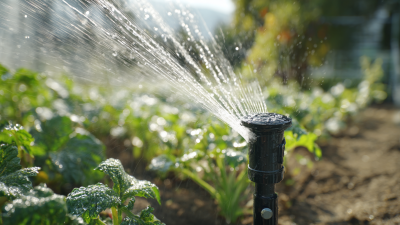
What are the Key Features of Modern Irrigation Pumps?
-
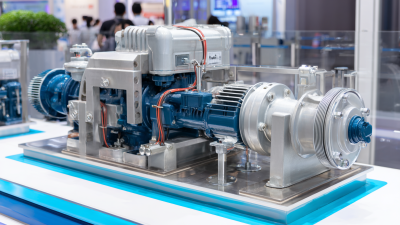
Exploring Water Pump Innovations for Home Use at the 2025 China Import and Export Fair
-
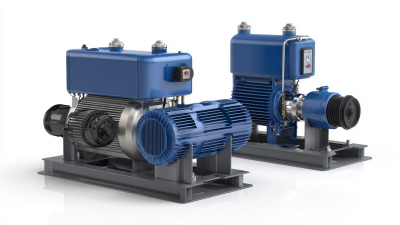
The Essential Guide to Choosing the Right Submersible Pump for Your Needs
-

Top 5 Drainage Pumps for Efficient Water Removal: A Comprehensive Buyer’s Guide
-
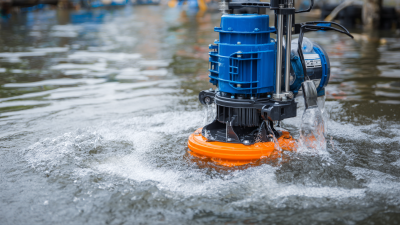
Exploring Market Trends for Submersible Dirty Water Pumps at the 138th China Import and Export Fair 2025
-
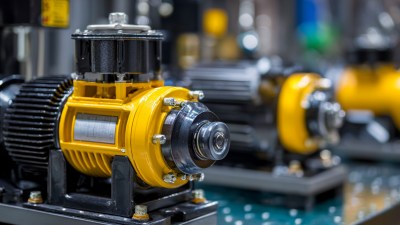
Unlocking Opportunities in Submersible Well Pump Market at the 2025 China Import and Export Fair
